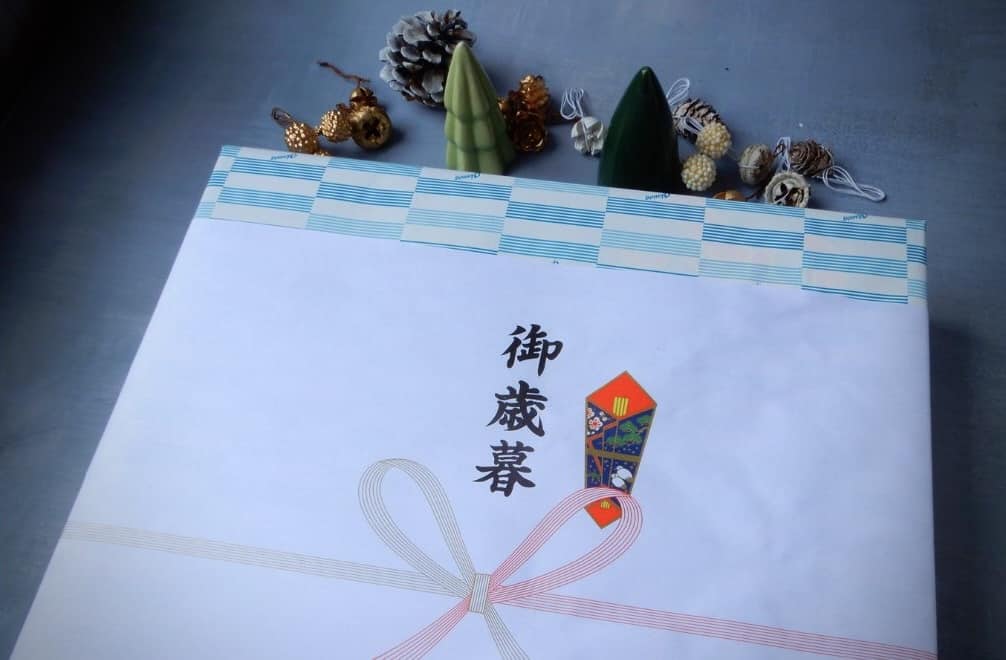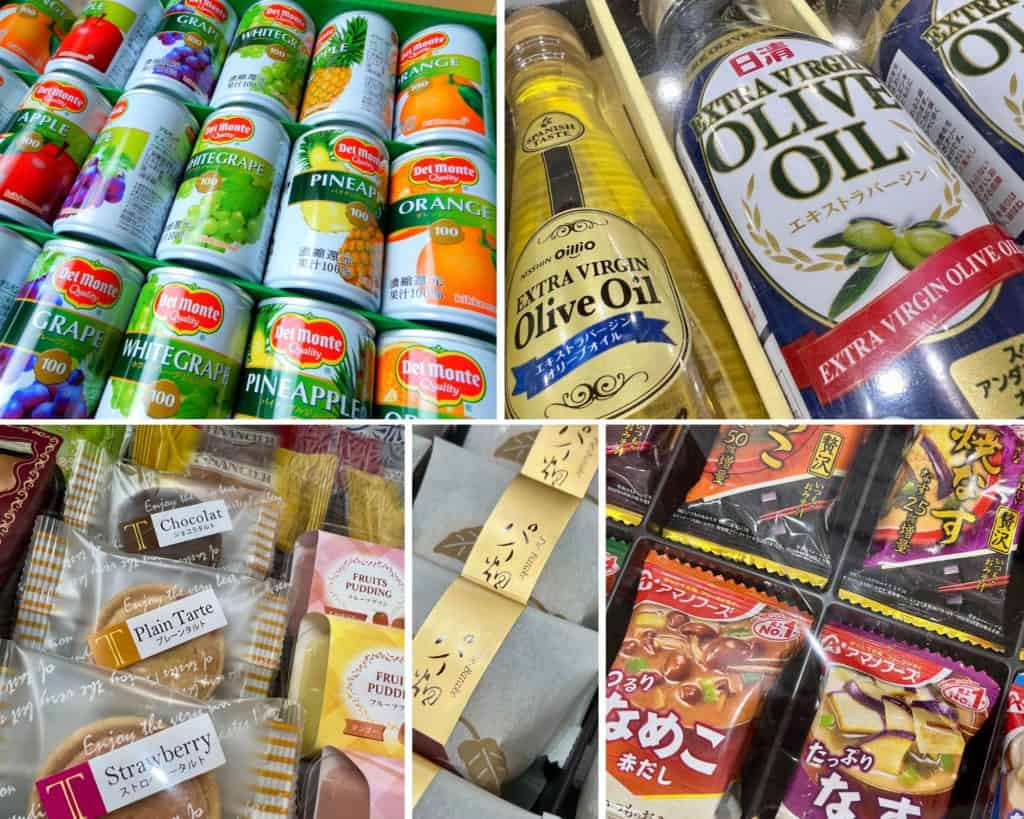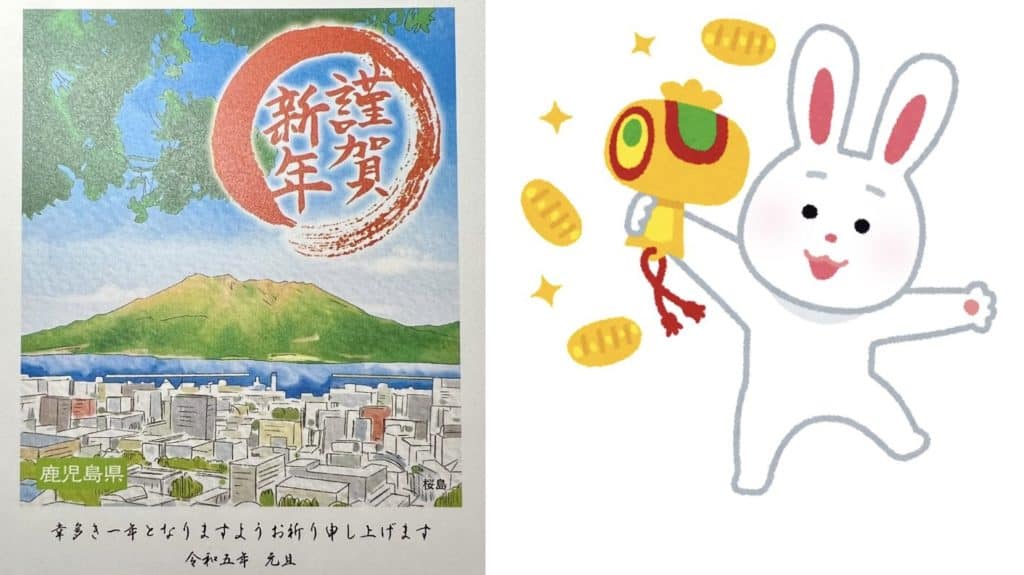Giving gifts to ancestors developed into giving gifts to the living

Oseibo refers to the year-end custom of giving gifts in Japan to show appreciation for kindness in the past year and to request continued kindness in the new year. Oseibo means — お, honorable, 歳, year’s, 暮, end.
Oseibo is said to have developed from the ancient practice of giving offerings to the spirits of one’s ancestors at the end of the year, which grew to include giving gifts to living relatives and neighbors. This is similar to summer gift giving, ochūgen, お中元, which usually takes place around the Obon holidays. In mid-summer, people offer food and drinks to their ancestors and give gifts to those to whom they feel indebted for kindness during the first half of the year.
Oseibo, though, is the greater of the two, as it celebrates a whole year of gratitude. It also includes a yoroshiku-onegaishimasu, or “thank you in advance,” for any help in the upcoming year.
People give gifts to their bosses, teachers, parents, in-laws, relatives, and even their marriage matchmaker if they had one. Although, arranged marriages are becoming a thing of the past, one still meets people who were married through such an introduction.
Oseibo gifts

Although there are a wide variety of items given as oseibo gifts, from laundry soap to miso soup, the most common are are high-quality meats, ham, and sausages. Second are various expensive sweets, like fancy chocolates and cookies. The third would be gift boxes of beer, sake, or shochu.
Each year, I send oseibo to the couple who kindly agreed to be the guarantor for our residency visa. I receive oseibo from institutions for the elderly and the disabled where I have been teaching for decades, usually beer, juice, and rice.
Once you give your first oseibo, you may likely get one in return. This can develop into a continuous cycle of gift-giving each December that ends up being more of a burden than a blessing to both parties, and not always easy to break out of without appearing rude or ungrateful.
I used to send and receive many more year-end gifts, but those ended up as a somewhat burdensome cycle, so I stopped. It seems I’m not the only one, as according to various surveys, sending oseibo is a dying custom, with some surveys showing up to 60% of respondents not sending any year-end gifts whatsoever.
Some young people have started exchanging Christmas gifts, though, so perhaps this practice may eventually eclipse the time-honored tradition of giving oseibo.
Nengajo — New Year Greeting Cards

The practice of sending New Year’s greeting cards to be read on New Year’s Day may also be declining, but it is still prevalent enough for the Japan Post and many shops to sell a wonderful array of holiday cards.
Usually these cards feature the animal of the year according to the Chinese zodiac, 2023 being the year of the rabbit. But I was happy to find the one pictured above featuring the Sakurajima volcano, the majestic symbol of my city, to send to my friends.
Wishing you all a wonderful new year!
References:
Gift Ranking, Best Present Ranking, Survey of doctors, Survey of women, What is Oseibo?
If you have questions about Japan or suggestions for articles, please add them in the comments. For more photos and information on Japan, follow me on instagram at: https://www.instagram.com/more_than_tokyo/




